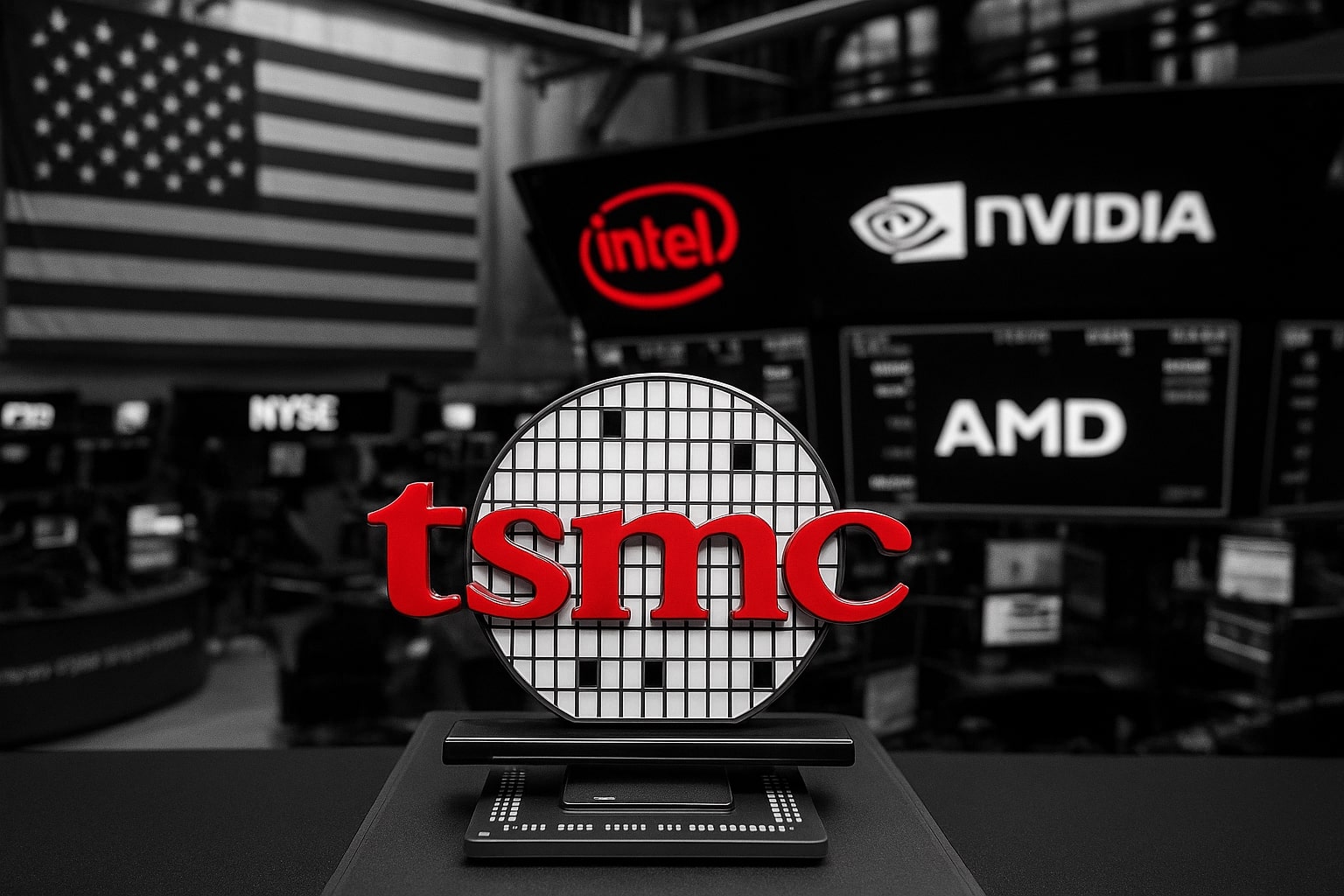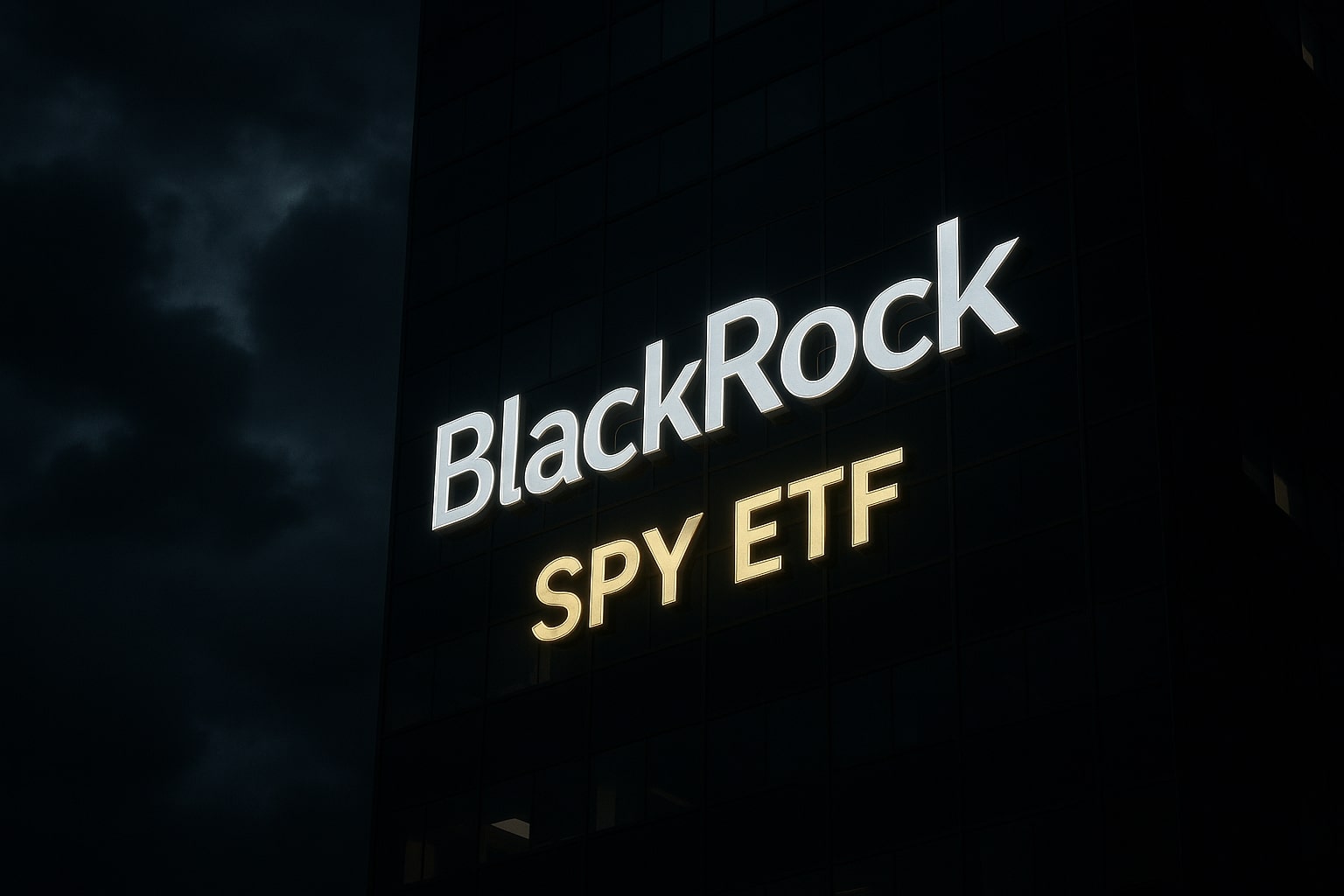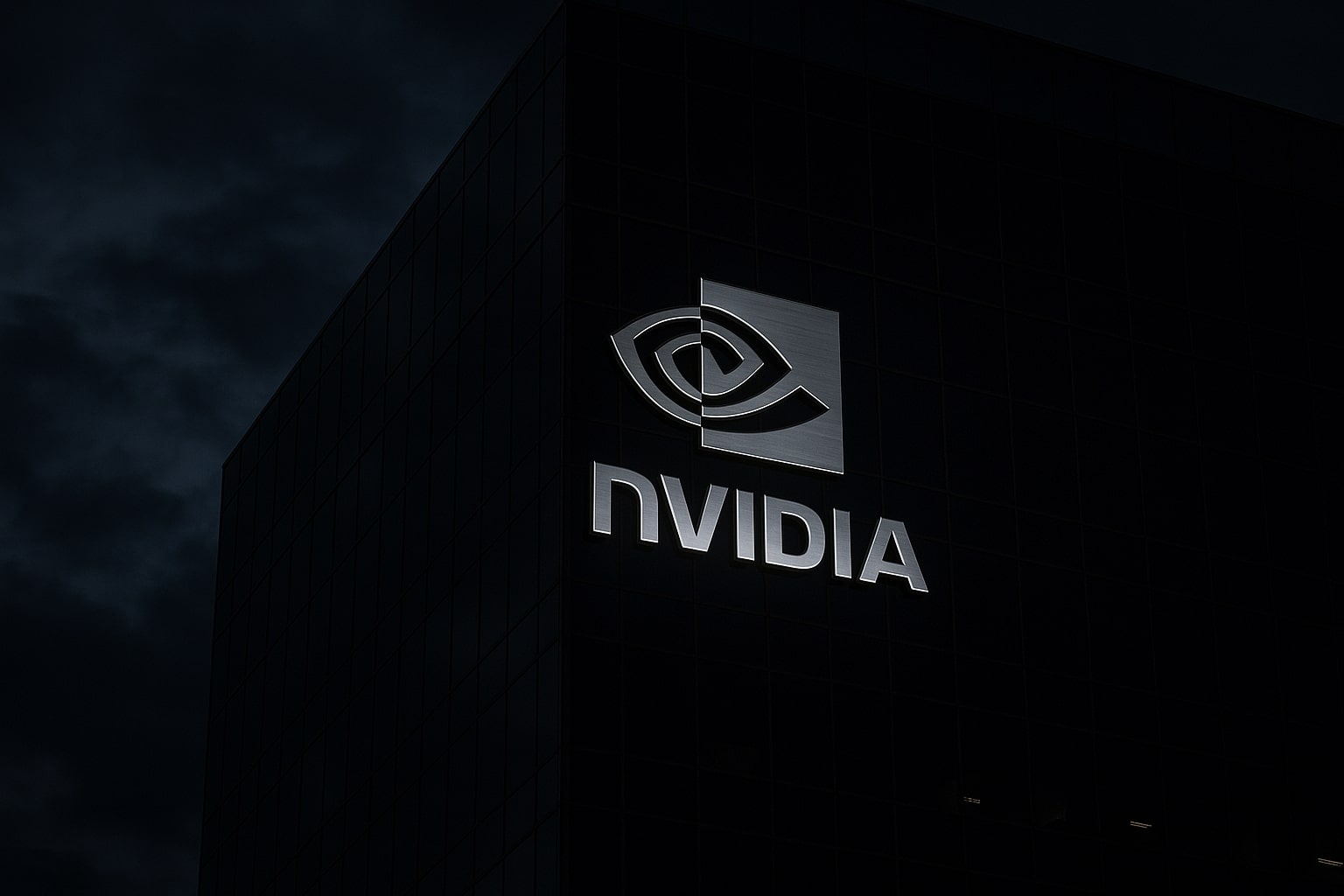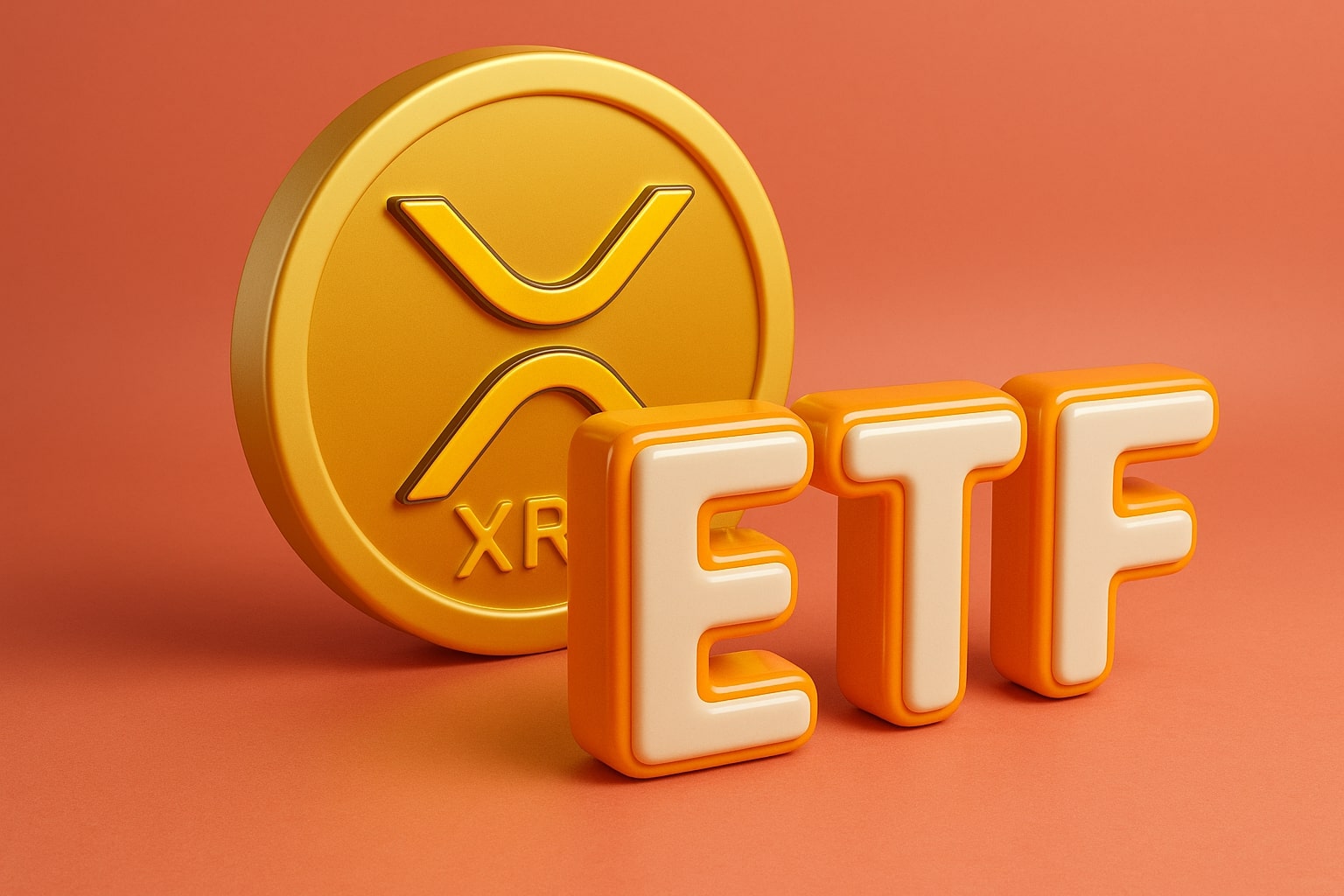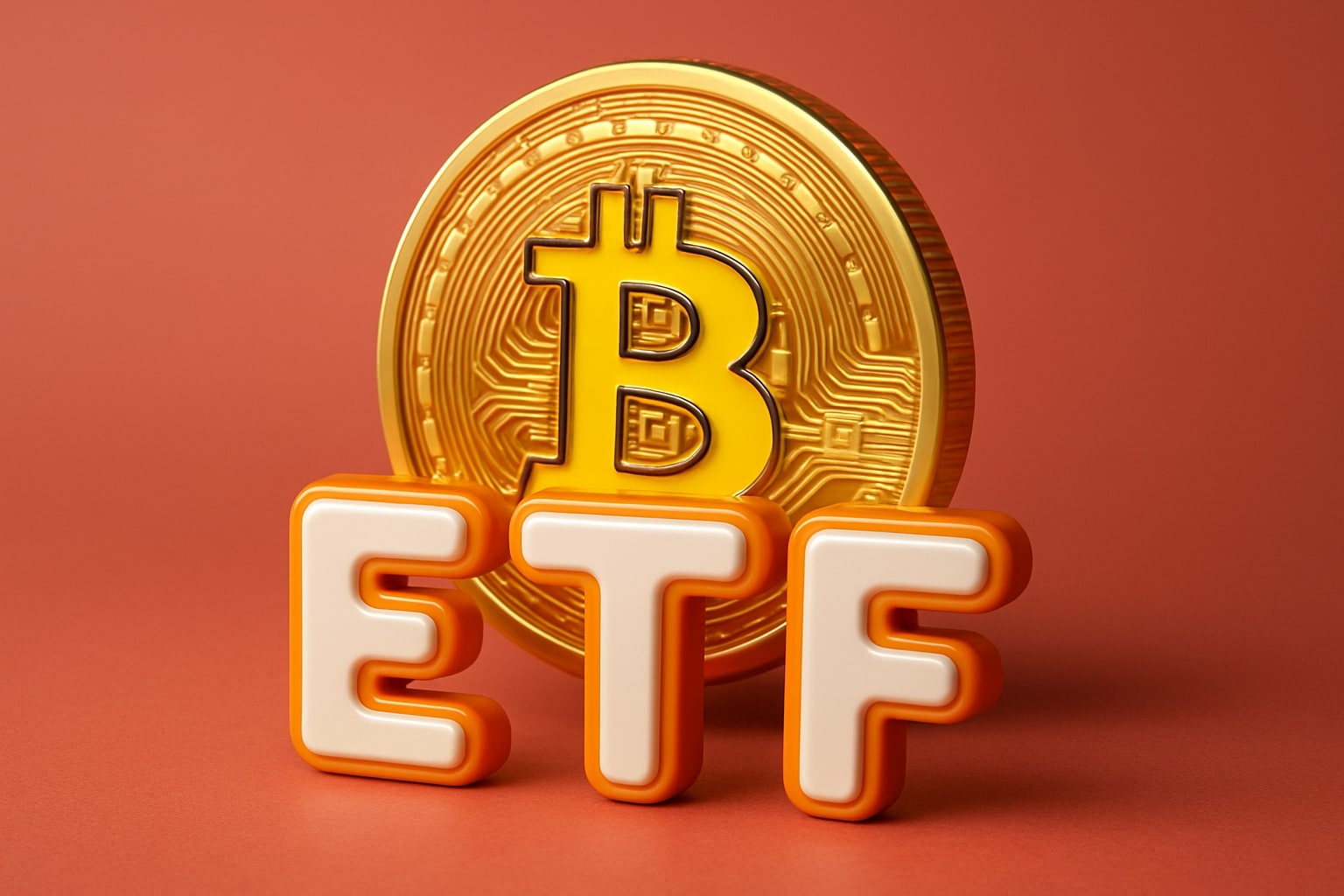Taiwan Semiconductor: AI Demand and Record Profits Push TSMC to New Heights as Global Expansion Reshapes the Chip Industry
Taiwan Semiconductor Manufacturing Company (NYSE:TSM) has once again delivered an extraordinary quarter, reaffirming its position as the most vital and influential company in the global semiconductor supply chain. Fueled by unrelenting AI-driven demand, surging orders from technology giants like NVIDIA, Apple, and AMD, and accelerating adoption of advanced manufacturing nodes, TSMC’s dominance over the global chip industry has reached historic levels. Its latest results underscore how the company has evolved beyond being a manufacturer—it is now the backbone of global computing infrastructure.
The company reported third-quarter revenue of $23.5 billion, up 34% year-over-year, with net income climbing 42% to $9.7 billion. These results not only surpassed expectations but also reflected the scale of transformation happening across the industry. Gross margins expanded to 55.4%, while operating margins hit 45.1%, driven by better yields from 3-nanometer production and strong mix from AI and high-performance computing (HPC) clients. Management noted that roughly 45% of total wafer revenue now comes from AI and HPC applications, compared with 37% a year earlier—an indication that the next phase of TSMC’s growth is powered almost entirely by artificial intelligence infrastructure.
CEO C.C. Wei highlighted during the earnings call that “TSMC remains the manufacturing foundation of the AI era,” emphasizing that demand from hyperscale data centers and next-generation accelerators has reached levels the company has never seen before. The firm’s 3nm process nodes, powering NVIDIA’s new Blackwell GPUs and Apple’s M5 chips, are running at full capacity, and the company expects 4nm and 2nm demand to exceed current capacity by the end of 2026. Orders from U.S. cloud leaders such as Amazon Web Services and Google Cloud have also contributed to record utilization rates across its advanced fabs.
To support this wave of demand, TSMC reaffirmed a record capital expenditure program of $31 billion for 2025, with over $18 billion dedicated to advanced process expansion. The company is simultaneously ramping construction on new fabrication plants in Arizona, Kumamoto (Japan), and Dresden (Germany)—each strategically chosen to diversify production and mitigate geopolitical risks. The Arizona plant, now projected to begin partial 3nm output by the first half of 2026, is the centerpiece of TSMC’s localization strategy in the West. The Japan joint venture with Sony and Denso will produce both automotive and specialty logic chips, ensuring the company’s foothold in high-growth verticals beyond AI.
However, expansion comes at a cost. Building and operating fabs outside Taiwan will increase operating expenses by 20–25%, and analysts caution that the company’s long-term gross margin target of 53–55% could come under pressure as global labor and infrastructure costs rise. Nevertheless, management remains confident that pricing power and long-term demand will offset those challenges. CFO Wendell Huang reiterated that “profitability remains sustainable as customers are prioritizing performance and efficiency over cost savings.”
The market continues to reward that confidence. TSMC’s stock has surged over 85% year-to-date, recently trading near $178.90, just below its record high of $182.40. The company’s market capitalization has crossed $900 billion, making it not only the largest semiconductor manufacturer in Asia but also one of the five most valuable technology firms worldwide. Its forward price-to-earnings ratio of 27 represents a premium to its five-year average (20x), yet remains well below NVIDIA’s 54x and ASML’s 36x—suggesting that the market views TSMC as a balanced mix of growth and defensive strength.
Institutional interest continues to climb. Goldman Sachs raised its price target to $205, citing “sustained structural demand for advanced node capacity,” while Morgan Stanley upgraded TSMC to Overweight with a $210 target, describing it as “the single most indispensable company in the AI supply chain.” UBS maintained a Neutral view but acknowledged that TSMC’s strategic relevance has insulated it from broader semiconductor cyclicality. On the buy side, several large asset managers—including Vanguard, BlackRock, and Temasek—have added to positions in recent months, underscoring growing confidence in its long-term fundamentals.
Financially, TSMC remains one of the strongest companies in the world. The firm ended the quarter with $50.6 billion in cash, a debt-to-equity ratio below 0.20, and generated $12.4 billion in free cash flow—a 68% increase from a year earlier. The company raised its quarterly dividend to NT$4.50 per share (around $0.14) and reaffirmed its payout ratio of 45%, rewarding shareholders while maintaining financial flexibility. Capital efficiency and balance sheet strength remain unmatched among semiconductor peers.
Still, TSMC’s success doesn’t come without challenges. Geopolitical risk remains its largest overhang. With over 60% of total capacity concentrated in Taiwan, concerns persist over supply chain vulnerability in the event of cross-strait tensions. The U.S. and European Union have made significant policy moves to reduce dependence on Taiwan-based manufacturing, but the complexity of TSMC’s production ecosystem means true diversification will take years. The company has navigated this with diplomatic precision, balancing customer relationships in both the U.S. and China while maintaining strict compliance with export controls.














